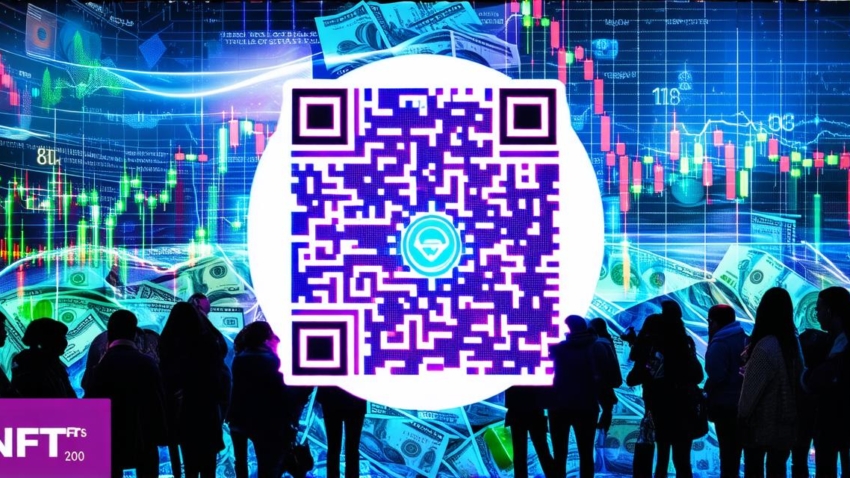
Do NFTs still hold monetary value
What are NFTs?
For those who aren’t familiar with the concept, NFTs are digital assets that are unique, tamper-proof, and stored on a blockchain. They can represent anything from art to music to collectibles, and they allow creators and owners to monetize their content in new and innovative ways.
One of the key benefits of NFTs is that they provide a way to create scarcity and exclusivity around digital assets, which has historically been difficult to achieve. For example, with traditional digital art, it can be easy for someone to create a copy of an existing piece. However, with NFTs, each digital asset is unique and cannot be replicated, making it valuable as a collectible.
The Rise of NFTs
Since their launch in 2017, NFTs have gained significant traction, with many successful projects raising millions of dollars in funding and attracting a dedicated community of collectors and investors. Some of the most well-known NFT projects include Cryptokitties, Rarible, and OpenSea.
Cryptokitties
Cryptokitties is a decentralized game that allows players to breed, buy, sell, and trade unique digital cats on the Ethereum blockchain. The game has been incredibly successful, with over $3 million raised in funding and millions of dollars worth of NFTs sold. Cryptokitties has helped to popularize the use of NFTs as a monetary asset and has shown that they can be used in a fun and engaging way.
Rarible

Rarible is an open marketplace for NFTs, where creators can mint and sell their own unique digital assets. The platform has gained significant traction, with over 20,000 NFTs listed and millions of dollars in transactions. Rarible has helped to democratize the use of NFTs as a monetary asset by allowing anyone to create and sell their own digital assets.
OpenSea
OpenSea is a decentralized marketplace for NFTs that allows users to buy, sell, and trade unique digital assets on the Ethereum blockchain. The platform has been incredibly successful, with over $5 billion worth of NFTs traded in just one month. OpenSea has helped to solidify the use of NFTs as a monetary asset by providing a dedicated marketplace for buying and selling them.
The Fall of NFTs
Despite their initial success, there are some signs that the popularity of NFTs may be waning. One of the key factors driving this trend is the increasing competition in the NFT market. As more and more projects launch, it’s becoming harder for individual projects to stand out and attract the attention of collectors and investors.
Another factor contributing to the decline of NFTs is the lack of regulation around the space. As with any new technology, there are a lot of scams and fraudulent schemes that have emerged in the NFT market. This has led to a loss of trust among some investors, who may be hesitant to invest in the space until more regulations are put in place.
Additionally, the market for NFTs is still relatively small compared to other forms of investment, which could make it less attractive to some investors. The high entry costs for creating and selling NFTs can also be a barrier to entry for smaller creators or investors.
The Future of NFTs as a Monetary Asset
Despite these challenges, there are still many potential benefits to using NFTs as a monetary asset. The ability to create scarcity and exclusivity around digital assets has the potential to revolutionize the way we value and buy and sell art, music, and collectibles.
Additionally, the use of blockchain technology in the creation and transfer of NFTs provides a level of transparency and security that is not available with traditional forms of investment. This could make NFTs more attractive to investors who prioritize these features.
Furthermore, as the market for NFTs continues to grow, we can expect to see new and innovative uses for this technology. For example, some artists and musicians have already started using NFTs to monetize their work in unique ways, such as by selling limited edition digital art or allowing fans to own exclusive pieces of music.
In conclusion, while there are certainly challenges facing the use of NFTs as a monetary asset, there are also many potential benefits. As this technology continues to evolve and mature, we can expect to see more innovative uses for it in the future.







